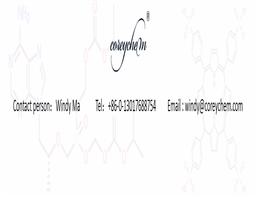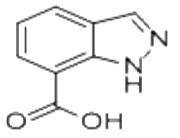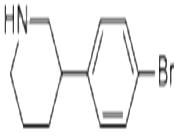| Description |
Alpha-amylase is a kind of enzyme being able to hydrolyzes alpha bonds of large alpha-linked polysaccharides including starch and glycogen. It is a very small, stable enzyme which is resistant to many unfavorable conditions. It can hydrolyzes starch and glycogen to maltose and glucose, respectively so that providing energy for human beings and animals. Alpha-amylase is present in almost all kinds of plants, animals and microbes. It has many industrial applications. For example, it can be used in the production of ethanol through breaking starches in grains into fermentable sugars. It can also be used during the production of high-fructose corn syrup. In addition, it can be used in some dishwashing and starch-removing detergents. |
| References |
https://en.wikipedia.org/wiki/Alpha-amylase
http://pdb101.rcsb.org/motm/74
http://science.marshall.edu/murraye/alpha_amylase.htm |
| Uses |
α-Amylase has been used in various plant studies, such as metabolism studies in Arabidopsis . 1 α-Amylase from human pancreas has been used to test interference for enzymatic methods of assaying calcium in serum and urine. 2 α-Amylase, from Sigma, has been used to get a standard calibration curve during the evaluation of an automated amylase detection system using forensic samples. |
| Uses |
α-Amylase is to hydrolyze α bonds of α-linked polysaccharides, such as starch and glycogen. Product A1031 is from human saliva, is type IIA, and is supplied as a lyophilized powder. α-Amylase has been used in various plant studies, such as metabolism studies in Arabidopsis 1 . α-Amylase from human saliva has been used to study the development of nutraceuticals, which may aid the treatment of diabetes and obesity. |

 China
China








